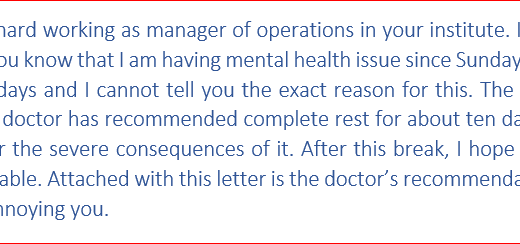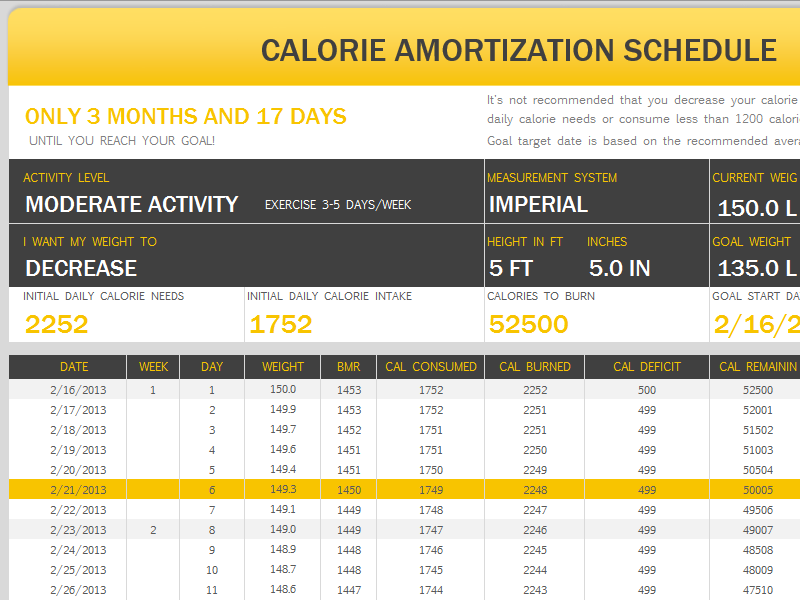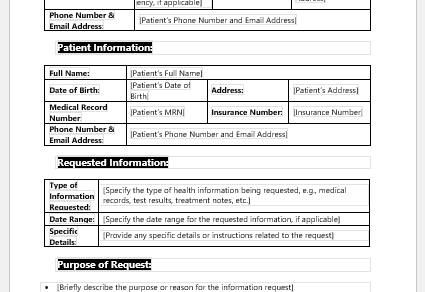Allergy, or hypersensitivity, is one of the body’s defense mechanisms by which the body reacts and fights an unwanted or foreign body, and the rejection shows us in the form of an allergy. Sometimes, our bodies react in such a drastic way that it becomes difficult for an individual to survive. For example, an asthmatic patient allergic to pollens may choke to a point where breathing seems impossible. Similarly, allergies to other organs and systems of the body manifest in their own way.
Types of allergies and hypersensitivity
Medical sciences have devised four types of allergies based on the mechanism of action of the blood and its components. Hypersensitivity is divided from type one up to type four. However, when we use the term “allergy” it almost all the time means type I hypersensitivity.
General signs and symptoms of allergies
General signs and symptoms of allergies are skin rash and redness, hives with discolored skin, itching on the body, swelling of the face, tongue, or lip, coughing, sneezing, and even choking in severe cases, fever, palpitations, diarrhea, vomiting, loss of consciousness; and other system features depending upon the site of allergy.
All of these signs are not possible in every patient but a combination of them does occur. Moreover, the severity of the allergic reaction also determines the severity of signs and symptoms.
Food Allergies in Children
Food allergies are very common in children, and it is very hard for the parents of allergic children to keep their favorite foods away from the children. Some people with food allergies even choke to death and are mostly advised to keep kids away from the allergens, no matter how much they love that food item.
Children are very commonly allergic to peanuts and peanut butter, where respiratory symptoms are more lethal and obvious than digestive symptoms.
Similarly, some children are highly allergic to eggs. They cannot have eggs in any form. Gluten is one of the most common food constituents that causes food allergies in children, and being a very common part of most of the food items in daily intake makes it almost impossible for poor parents to create a gluten-free diet for their children. It is caused by auto-antibodies and the gut reacts against any food item containing gluten. Diarrhea is the most common symptom of gluten allergy.
Food allergies log for babies
It happens very commonly that children do show signs of food allergies, but parents find it hard to figure out and point out the allergen that disturbs their child. So, a food allergy log can be created to help figure out the culprit food item making lives difficult.
Babies’ food allergy log is very simple and can be maintained very easily. You simply add the date when you have to start your food allergy tracking. Mention the name of the food and the quantity you fed your child. If the child shows any reaction, write what kind of reaction it was. Also, mention that the allergic reaction appeared after how many days of food intake?
- Nursing Documentation Templates
- Mental Health Evaluation Forms
- Forms Used by Pediatricians
- Various Forms Related to Pregnancy Verification
- Common Forms Used by ENT Specialists
- Pain Diary Worksheet Template
- Forms Commonly Used by Old Age Homes
- Medical Treatment Consent Form
- Home Exercise Program Worksheet
- Forms Used for Mental Health Assessment
- Forms Used by Psychologists
- Medical Forms Commonly Used by/for Students
- Assessment Consent Form
- Forms Used by an Anesthesiologist
- Not Fit to Fly Certificate Template



